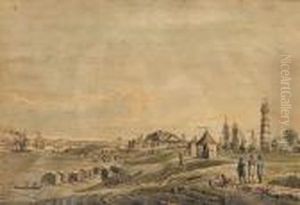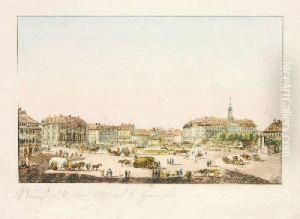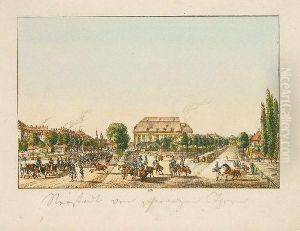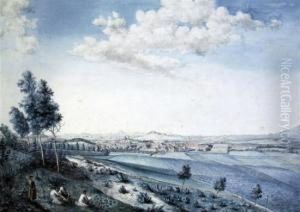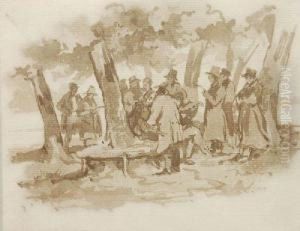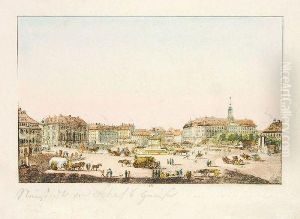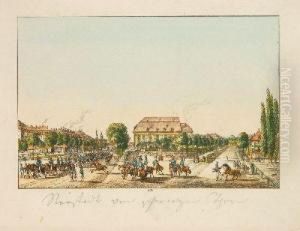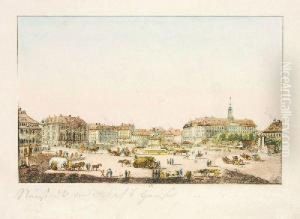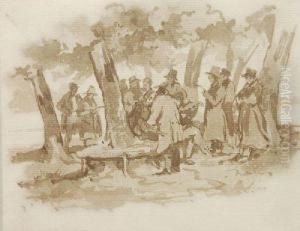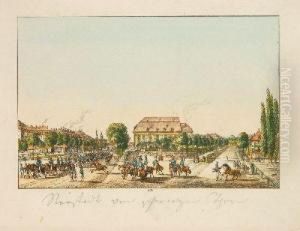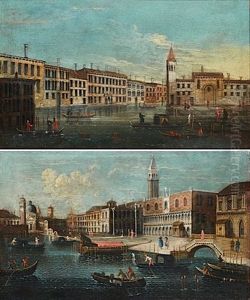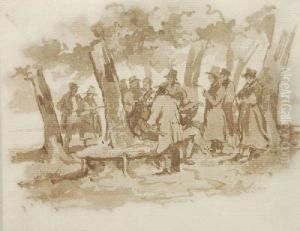Johann Carl August Richter Paintings
Johann Carl August Richter, born in 1785, was a pivotal figure in the German Romantic movement, though not as broadly recognized as some of his contemporaries. His contributions to art history span both the realms of painting and printmaking, embodying the Romantic era's inclination towards emotion, individualism, and nature.
Richter's early life was steeped in the cultural richness of Germany, a country that was a crucible for Romantic thought and artistic experimentation. He was deeply influenced by the works of earlier masters and the burgeoning Romantic movement, which sought to break away from the strictures of neoclassicism and the Enlightenment's emphasis on reason. Richter's art thus embraced the Romantic focus on emotion, the sublime, and the mystical aspects of nature.
Throughout his career, Richter developed a style that was distinctly his own, yet reflective of the broader Romantic movement. He was known for his landscapes and scenes that often depicted the German countryside, imbued with a sense of emotional depth and sublime beauty. His works were characterized by their attention to detail, vibrant color palette, and the ability to evoke a strong emotional response from the viewer.
Richter's contributions to the world of printmaking were also significant. He embraced various techniques, which allowed him to experiment with textures and shades, further enhancing the emotive quality of his works. This aspect of his oeuvre is particularly noteworthy, as it reflects the Romantic era's fascination with innovation and experimentation in art.
Despite his talents and contributions to the Romantic movement, Johann Carl August Richter did not gain the same level of fame as some of his contemporaries, such as Caspar David Friedrich. However, his works have been reassessed and appreciated in more recent times for their unique qualities and emotional depth.
Richter's legacy is that of an artist who captured the spirit of his time through a deeply personal lens, reflecting the complexities of the human experience against the backdrop of nature. He passed away in 1853, leaving behind a body of work that continues to inspire and captivate audiences with its beauty and depth.

